Dirt Floor. Adobe Walls. Stick Roof. Starless night sky. Lightning flashes. Rain Falls. The small home morphs into a mini mudslide. One bedroom with two beds. One for the mother. One for the teenage boy. Sleep isn’t easy with water dripping on the face, or thunder vibrating the village.
4am. The sun sleeps yet the son wakes. Time to ready for school. Mom boils water. The boy drinks. The wood stove heats the egg laid by the family chicken. Breakfast. Outside, a bucket of accumulated rainwater. Shower. The jungle in which he lives is his outhouse. Relief. Under a black sky, the rain mercifully stops. Thirty minutes to ready. Off to school.
One hour to descend the mountain skating on sludge, zig-zagging small boulders in his path. He hopes the ascent will be more stable as the sun now rises to join him. The wet ‘road’ begins its return to clay. He who goes down, must come back up. Same rule for the temperature eventually rising to the annual daily average of 33 Celsius (91 Fahrenheit). Finally, the travel scholar arrives at a stop where a bus awaits him and other schoolmates. Sixty minutes down, sixty minutes to go. The study hall on wheels arrives at its destination. It’s now 6:30am. Classes begin.
1:30pm, classes end, life resumes.
The return trip, a three- thousand foot ascent up the mountain back to the village. First by bus, then by foot. Weather dictates his arrival time. 4pm. Twelve hours have passed since the boy first started his day. The sun beats down, the forehead beads sweat. And, yet, his work just now begins. Wood to chop. Rocks to move. Chickens to tend. A pig to feed. After her workday in town as a hotel housekeeper, Mom reappears on the mountain as the sun disappears behind it. Grandparents, cousins, aunt, uncle all join them for supper.
In the hilltop villages surrounding Santa Barbara, Honduras, this is life for-Ever.
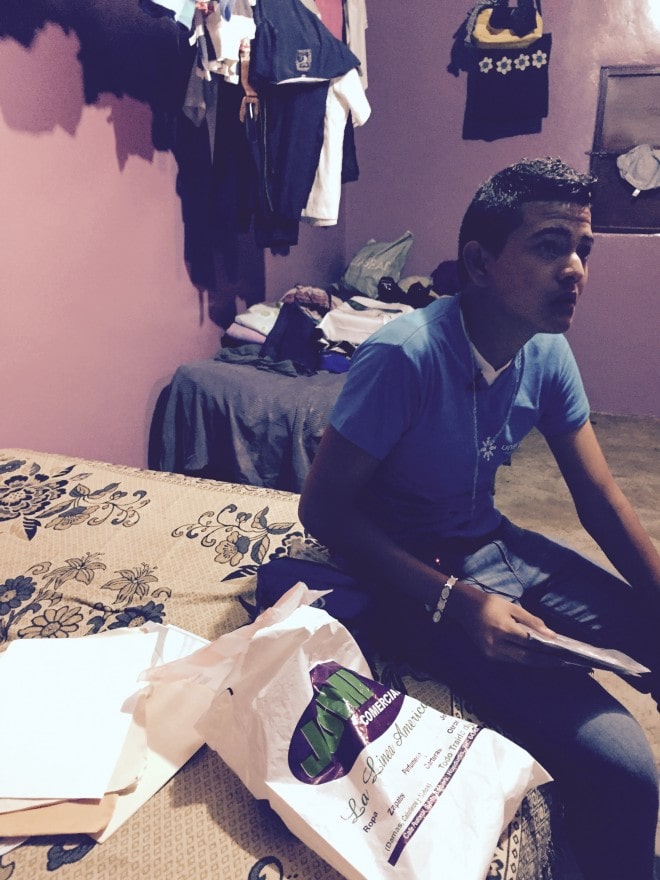
Los Anices is a village community of approximately 300. In the Santa Barbara Mountains, overlooking the town by the same name, the residents consider this their palace in the clouds.
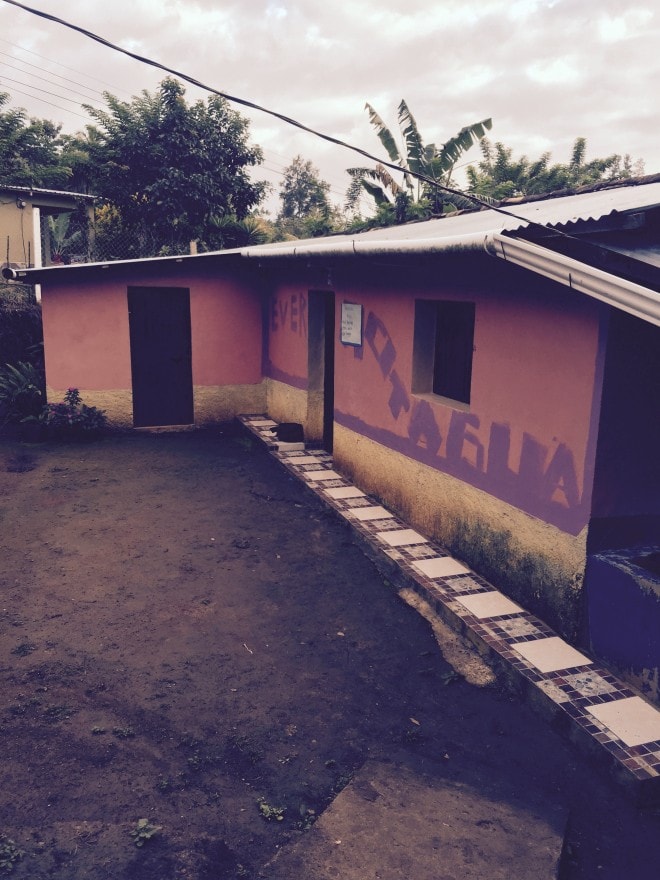
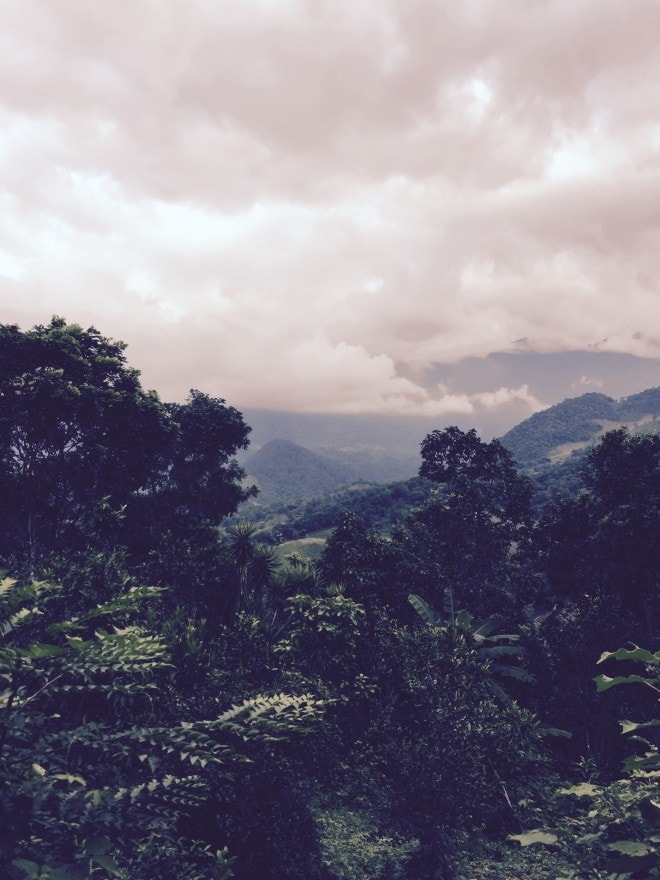
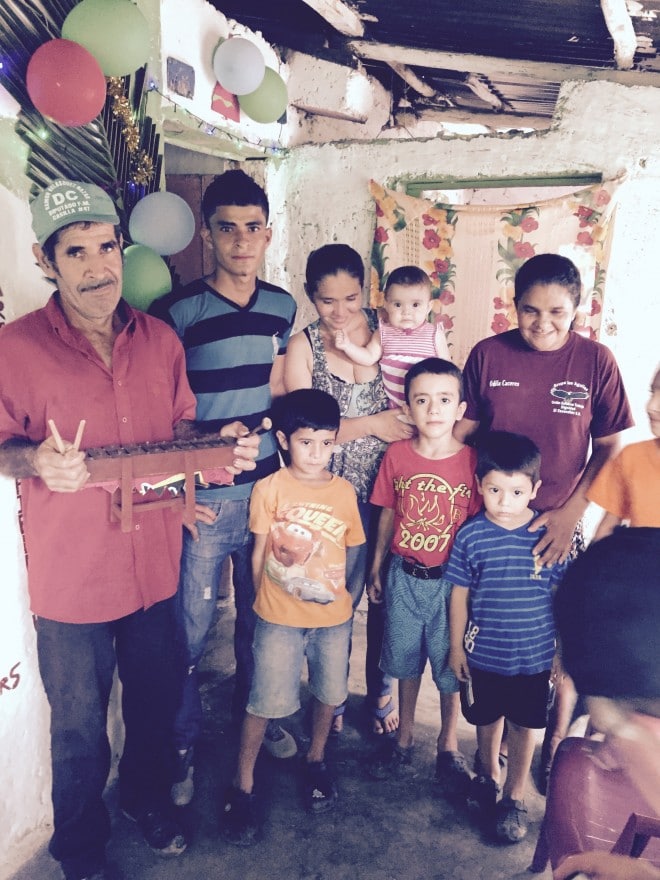
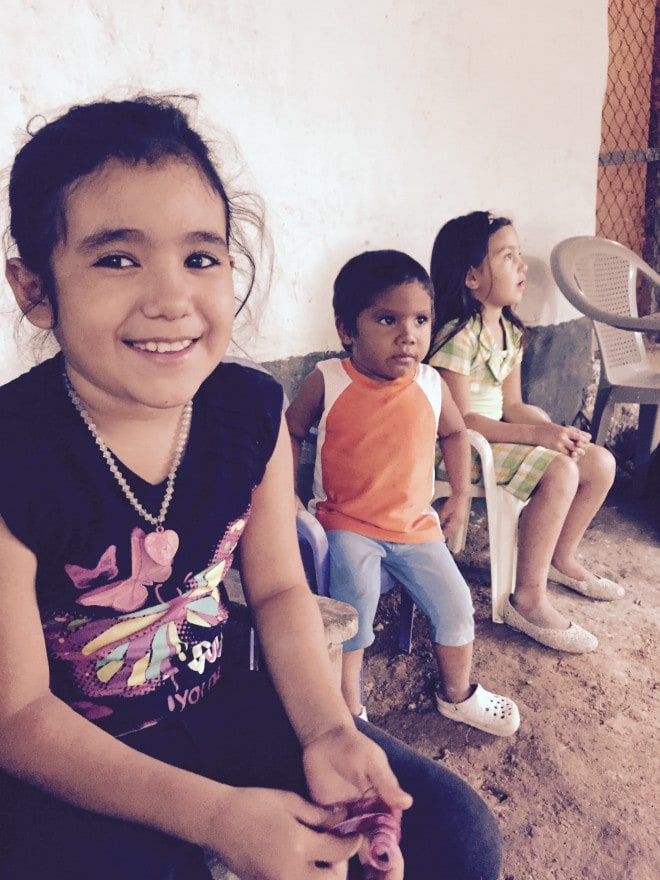
Sacrifice today for tomorrow? Or … Work today to see tomorrow?
Oh, and you have two children. One can go. One must remain in the village to help. Who goes? Who stays?
Choices must be made.
A Honduran Family does not seek pity, but does welcome and appreciate help to becoming self-sustaining. Ever’s dream of sharing the title of “High School Graduate” with this 2015 class will become reality in December 2016. He shares his story through a translator:
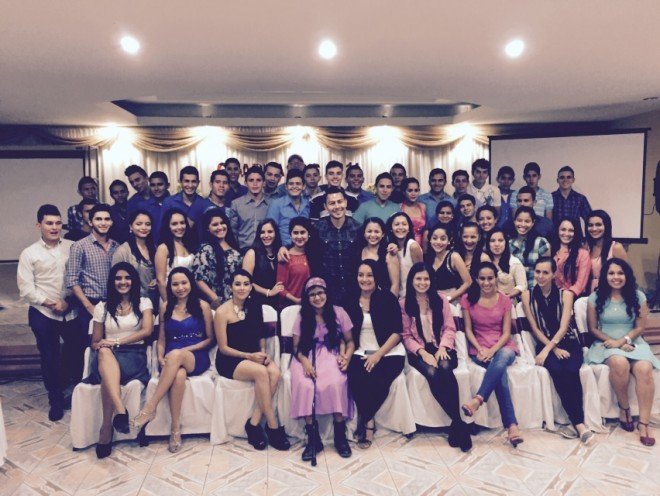
2015 Unbound Santa Barbara Secondary School Graduating Class
“When I was six years old, my Mom needed help. She completed the paperwork for my Unbound sponsorship. I was accepted and here I am ten years later. We have a real floor instead of dirt now. We have a roof of tin instead of sticks. My bus transportation is paid allowing me to one day soon graduate. School supplies, food assistance, a safe, dry home; I want to thank the American family that allowed my mother and I to have this life. My pledge is to make them proud.”
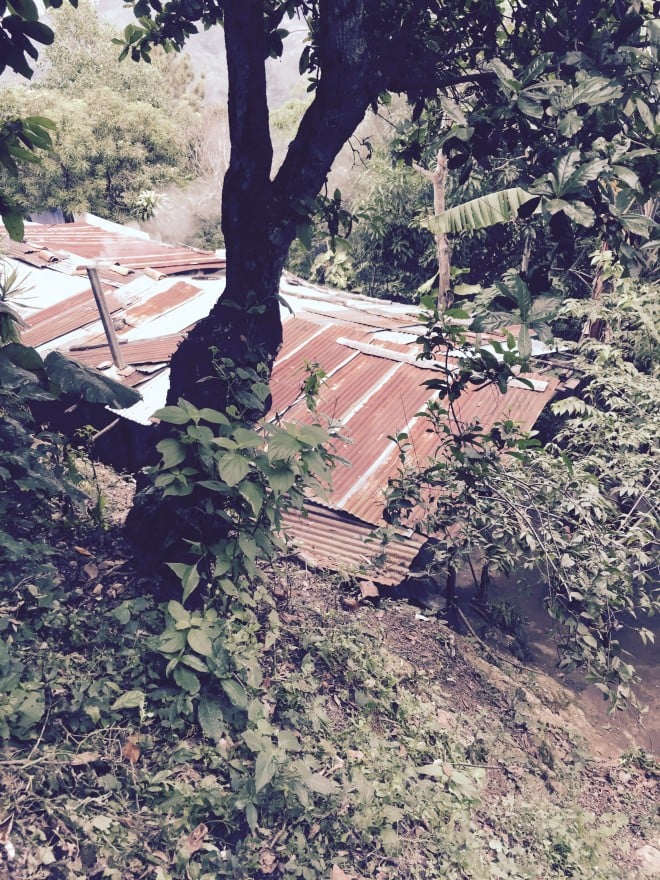
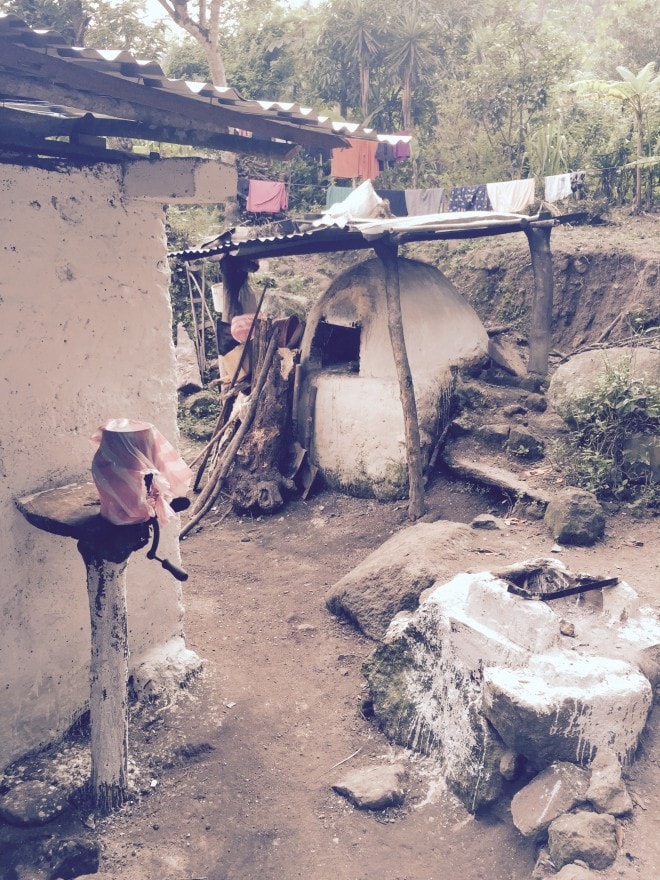
This same story is heard 5,373 times in home beside fortunate home, from the mouth of lucky child to ear of lucky child in the villages that surround the town of Santa Barbara and to tens of thousands more in the 20 Unbound sponsored countries around the globe. These stories, these children are “the what” and “the who” which will break the cycle of poverty. “Poor” is a 4-letter word to the hard-working happy Hondurans. They prefer another “P” Word, Potential. They’re not looking for a hand “out”, they’re hoping for help so they can put their hand “in.” A little assistance now will allow a paved way and road for this generation and for those that follow.
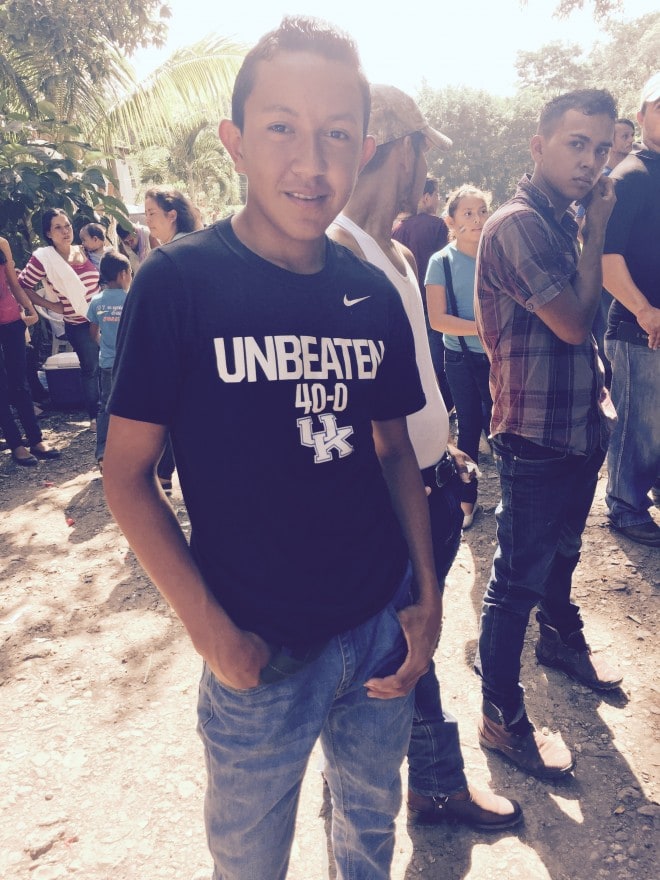
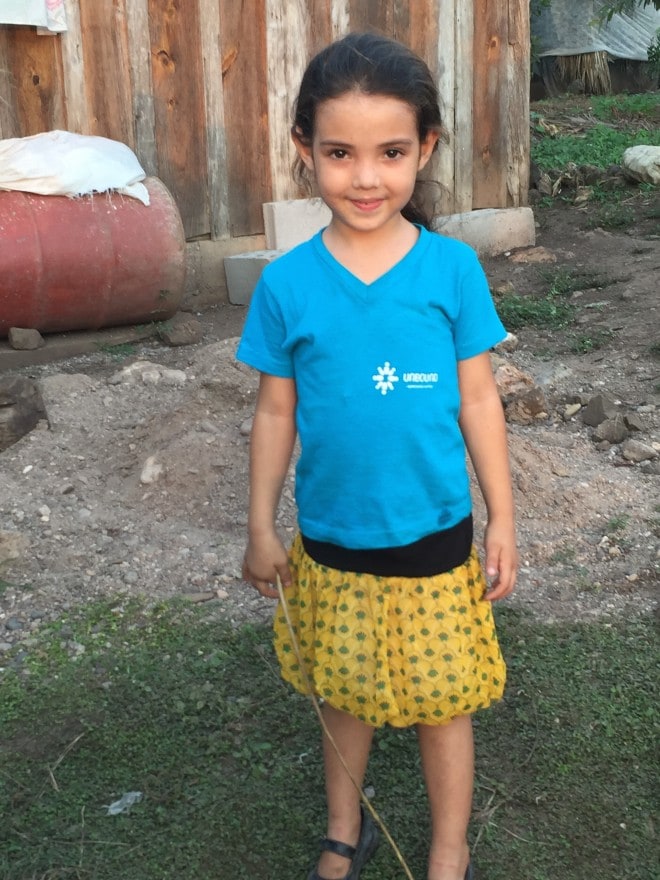
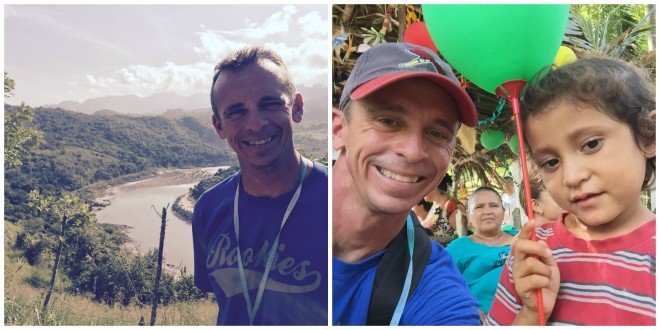

Leave a Reply